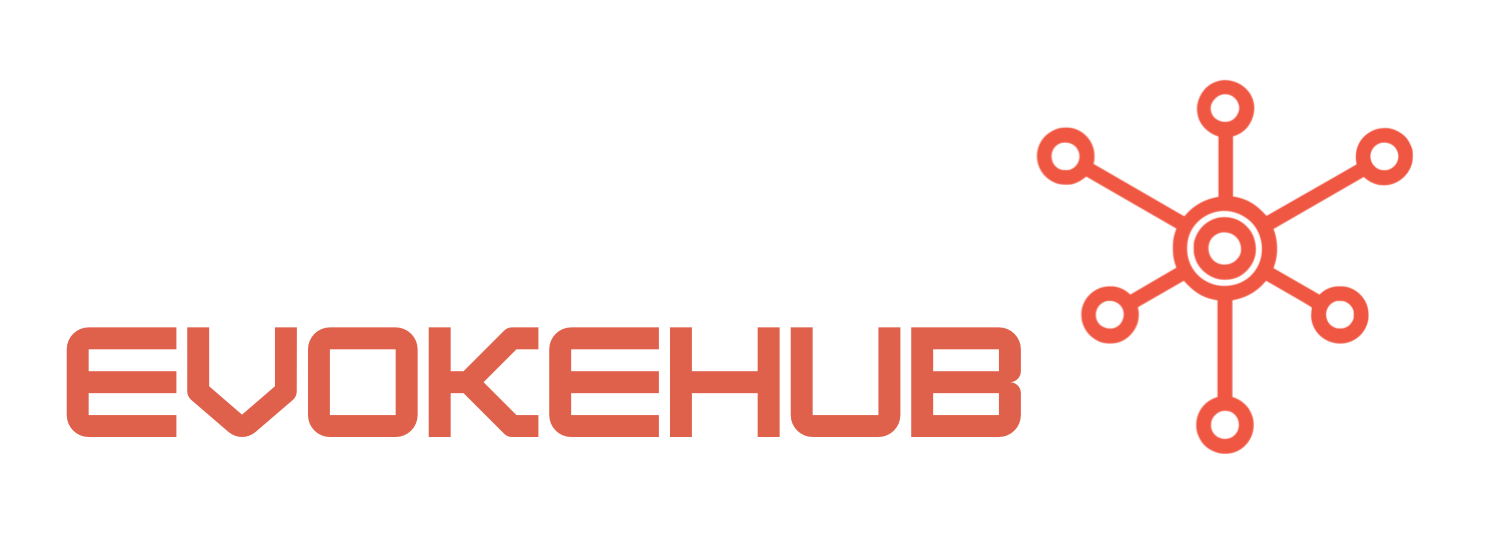Strategies for Effective Collaboration with Thai Analysts
Collaboration with Thai analysts begins with understanding their unique cultural context. Thailand has a collectivist culture that values relationships and teamwork, which means building strong connections is essential. Establishing trust can be achieved by engaging in regular face-to-face meetings, whether in-person or via video conferencing tools like Zoom. This approach fosters open communication and encourages analysts to share their insights freely. Additionally, consider local customs and etiquette when planning meetings, as this demonstrates respect for their culture and reinforces collaboration.
Another effective strategy involves leveraging digital platforms for continuous engagement. Utilizing tools like Slack or Microsoft Teams can facilitate real-time communication and enable the sharing of relevant data and reports. Regular updates on product developments, market trends, and consumer feedback help keep analysts informed and involved in the decision-making process. Moreover, consider creating a shared digital repository where analysts can access research, product information, and performance metrics, making collaboration seamless and efficient.
Training and development initiatives can enhance analyst capabilities and promote alignment with your product vision. Investing in workshops or seminars that focus on industry trends, product knowledge, and analytical skills can empower Thai analysts, equipping them with the tools necessary to contribute meaningfully. Furthermore, invite analysts to participate in cross-functional teams that bridge various departments within the company, thereby fostering a collaborative environment that enhances product execution and paves the way for innovative solutions.
Bridging Product Vision and Execution in Thai Markets
To bridge the gap between product vision and execution in Thailand, it is essential to tailor your strategies to local market dynamics. Understanding consumer behavior through market research is critical; resources like the Thailand Board of Investment can provide insights into local trends and preferences. Conducting focus groups or surveys can further inform your understanding of how Thai consumers interact with products and services, allowing you to adjust your vision accordingly and ensure that it resonates with the target audience.
Incorporating local feedback into your execution plan is vital for success. Analysts can serve as a bridge between consumer insights and product development teams. By establishing a feedback loop, analysts can relay consumer responses back to product managers, ensuring that any necessary adjustments are made early in the development process. Tools like UserTesting can facilitate user feedback sessions, making it easier to iterate on product features based on local preferences and needs.
Finally, be prepared to adapt your product vision based on real-time data and insights gathered from the market. In Thailand, where rapid changes in consumer behavior can occur, remaining agile is crucial. Utilize analytics platforms to monitor performance and gather data on product reception. By continuously assessing and refining your product vision in response to market feedback, you can enhance alignment between your goals and execution, ultimately leading to greater success in the Thai marketplace.
Aligning product vision and execution with Thai analysts is a multifaceted process that requires cultural understanding, strategic collaboration, and continuous adaptation to local market dynamics. By fostering strong relationships, leveraging digital tools, and incorporating local insights, businesses can effectively navigate the complexities of the Thai market. Embracing these practices not only supports a successful product strategy but also builds a foundation for long-term growth and innovation in Thailand.




